Attending to Archival Pieces
Our approach is always the same: identify who, find more, connect the dots. We prioritize identifying those who are currently unidentified and uncatalogued in the primary record. We then scour the resources for more information. Gathering and attending to these pieces expands the visible archive toward inclusive history.
Little Paris Studio Group
Washington DC, circa 1950
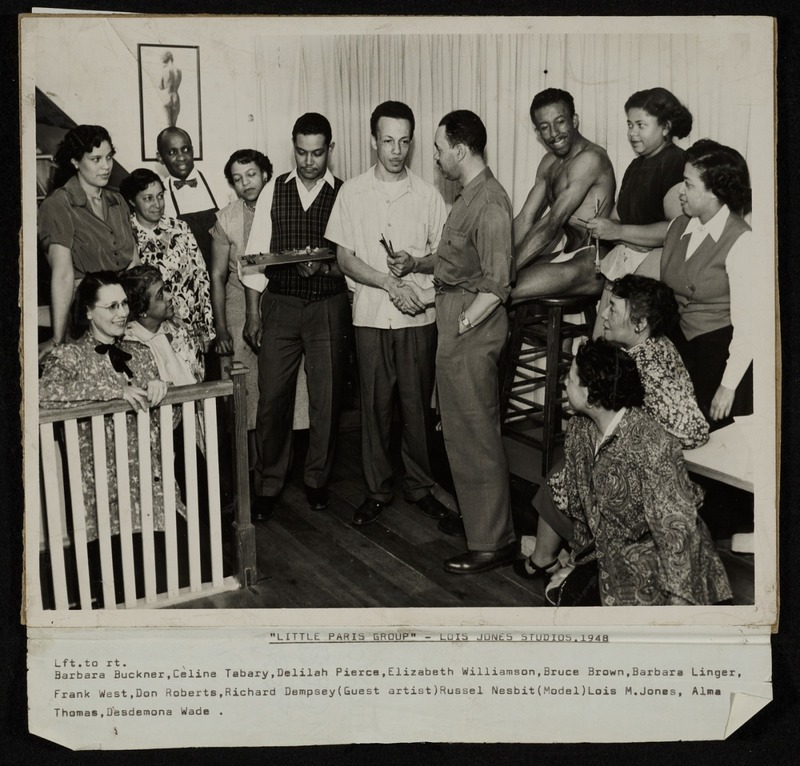
Little Paris Group in Loïs Jones’ studio, 1948. Alma Thomas papers, circa 1894-2001. Archives of American Art, Smithsonian Institution; inscribed Kay-Dee Photo.
The archival photo above is special for a lot of reasons. It documents an active artistic community in Washington DC around 1950. Every person but one is named in the caption (though not all in the correct order).
The Little Paris Studio Group was formed by artists Loïs Mailou Jones and Céline Tabary. modeled after their salon experiences in Paris. They set up a space in Jones’ attic in Washington DC for weekly meetings. A place for these artists to nurture a continued artistic practice, many of whom were full-time educators or government workers.
Several of this group became well-known, including Alma Thomas. (second from right in profile), whose papers house this photo, while others remain obscured.
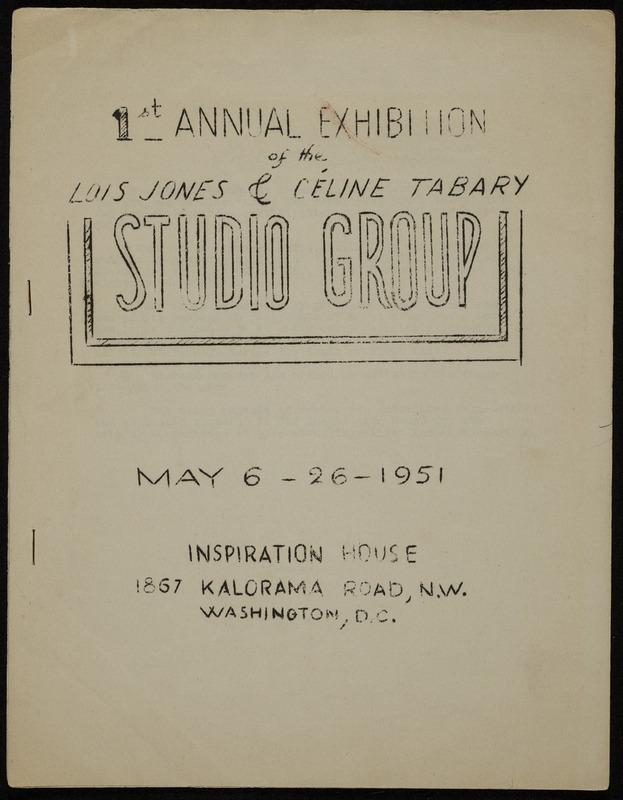
Image of the 1st Annual Exhibition of the Loïs Jones & Céline Tabary Studio Group, 1951. Alma Thomas Papers, circa 1894-2001, Box 2, Folder 30. Archives of American Art, Smithsonian Institution.
Loïs Mailou Jones and Céline Tabary
A 60 year friendship
Loïs Mailou Jones and Céline Tabary met in Paris in 1937 while both were studying at the Académie Julian. They were friends until Tabary’s death in 1993. During all the years between they were constantly working and often sharing studio space.
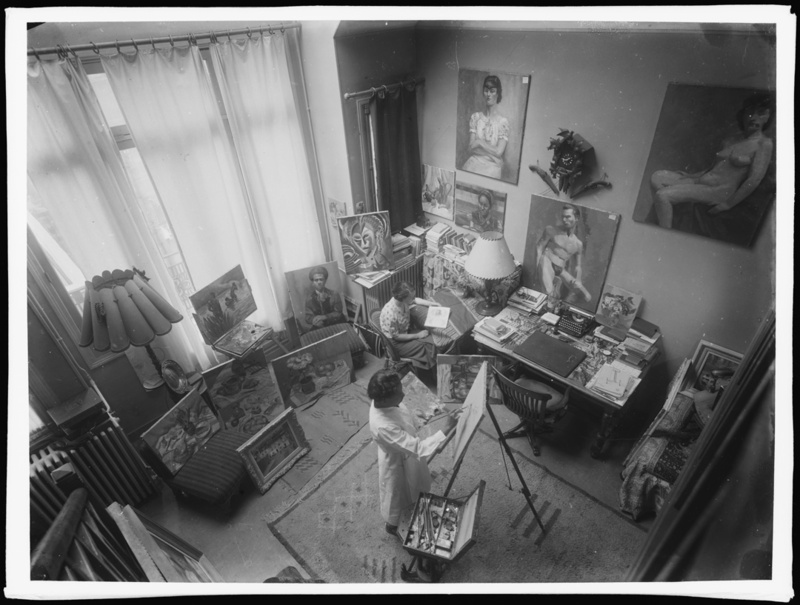
Loïs Mailou Jones and Céline Tabary in Jones’ studio in Paris, ca. 1938. Photo by Marc Vaux, Paris. Image © Centre Pompidou, Bibliothèque Kandinsky, Fonds Marc Vaux, MV 8421.
Loïs Mailou Jones
(1905-1998)
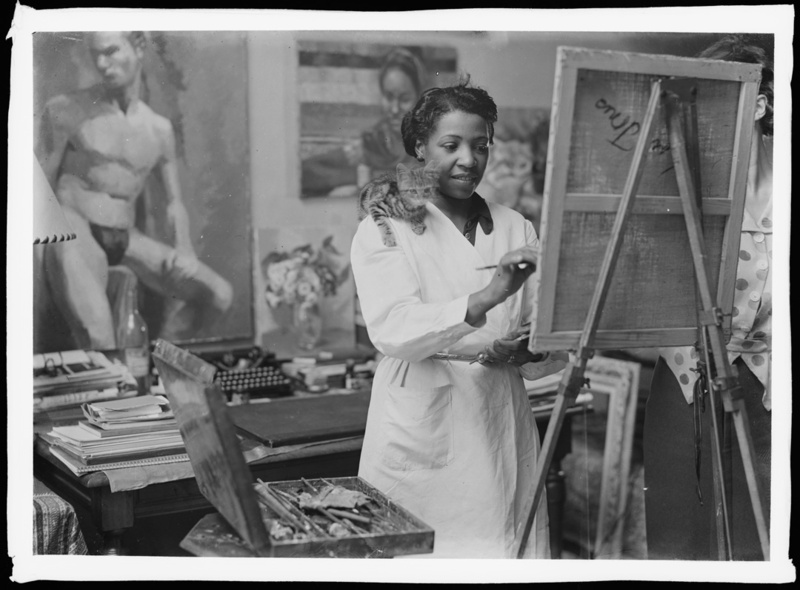
Loïs Mailou Jones and Céline Tabary (obscured by easel) in Jones’ studio in Paris, ca. 1938. Photo by Marc Vaux, Paris. Image © Centre Pompidou, Bibliothèque Kandinsky, Fonds Marc Vaux, MV 8421.
As we look at various 20th century artists and their legacies, we are interested in connecting archival pieces in order to share a more expanded story. It is also vital to celebrate the incredible work done over time to preserve these legacies.
Jones is an artist whose legacy has had scholarly attention, including books by both Tritobia Hayes Benjamin and Rebecca VanDiver. Her papers are housed at Howard University where she was on the faculty for almost 50 years.
To read more about Céline Tabary scroll on…
Céline Tabary
(1908-1993)
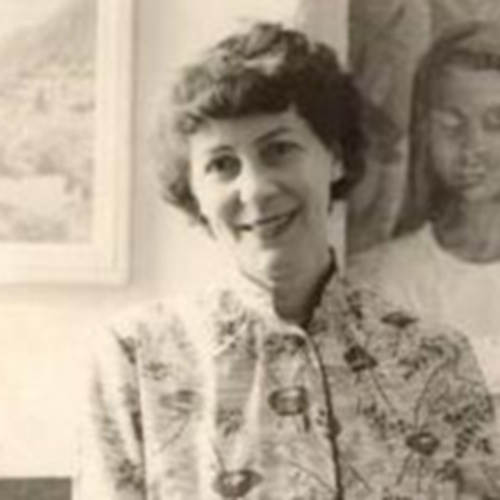
Céline Tabary was visiting Loïs Mailou Jones in Washington DC when war broke out between France and Germany in 1939 and she was unable to return home. Tabary remained in the US even after the end of WWII, although she eventually returned to France. She had strong ties not only with Jones, but also other members of the Little Paris Group, including Alma Thomas.
Very little has been written about Tabary, who falls through the cracks for several reasons. French, she spent a good portion of her working life in the US, including teaching art at Howard University, so she does not fit neatly in either national canon. She is most associated with a Black artists’ collective which itself has not received enough attention, and she is the only known white artist in the group.
Currently the only known painting by Tabary in a US public collection is held at the National Museum of Women in the Arts.
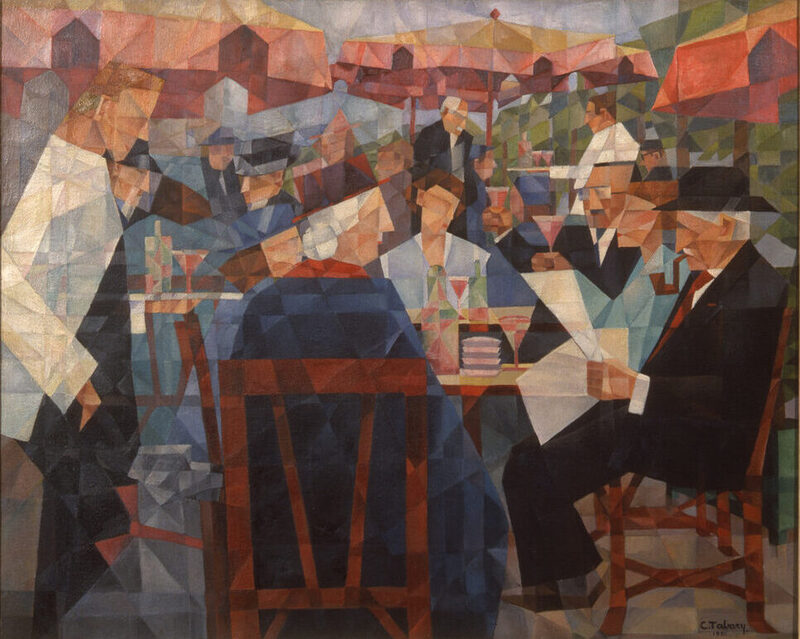
Céline M. Tabary, Terrasse de café, Paris, 1950, oil on canvas; National Museum of Women in the Arts, Gift of Corinne Mitchell.